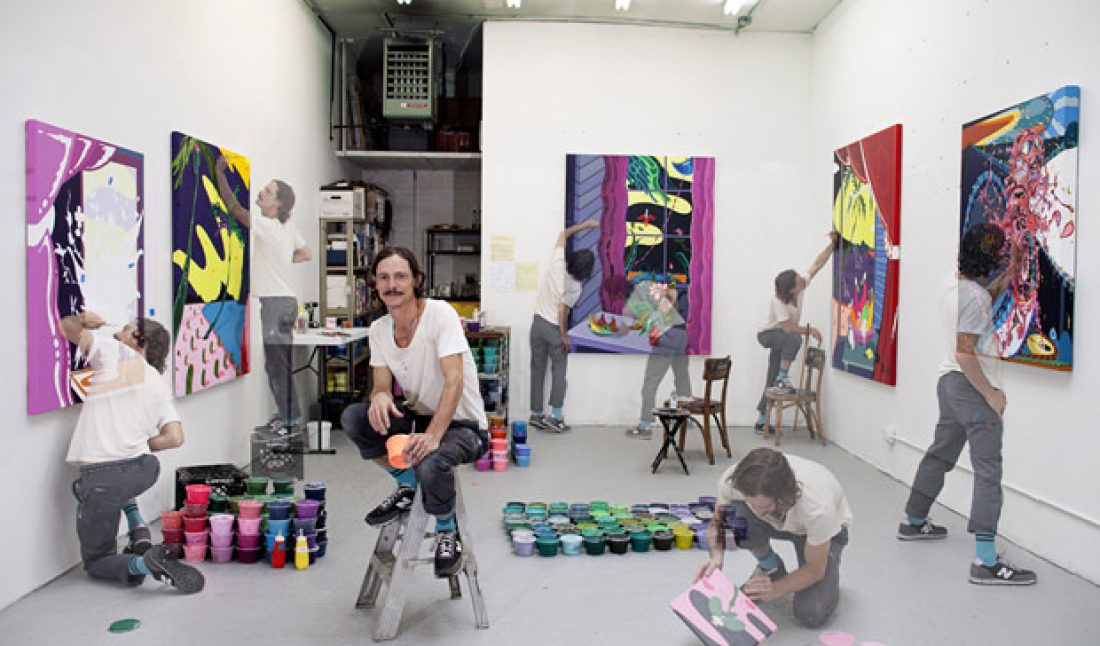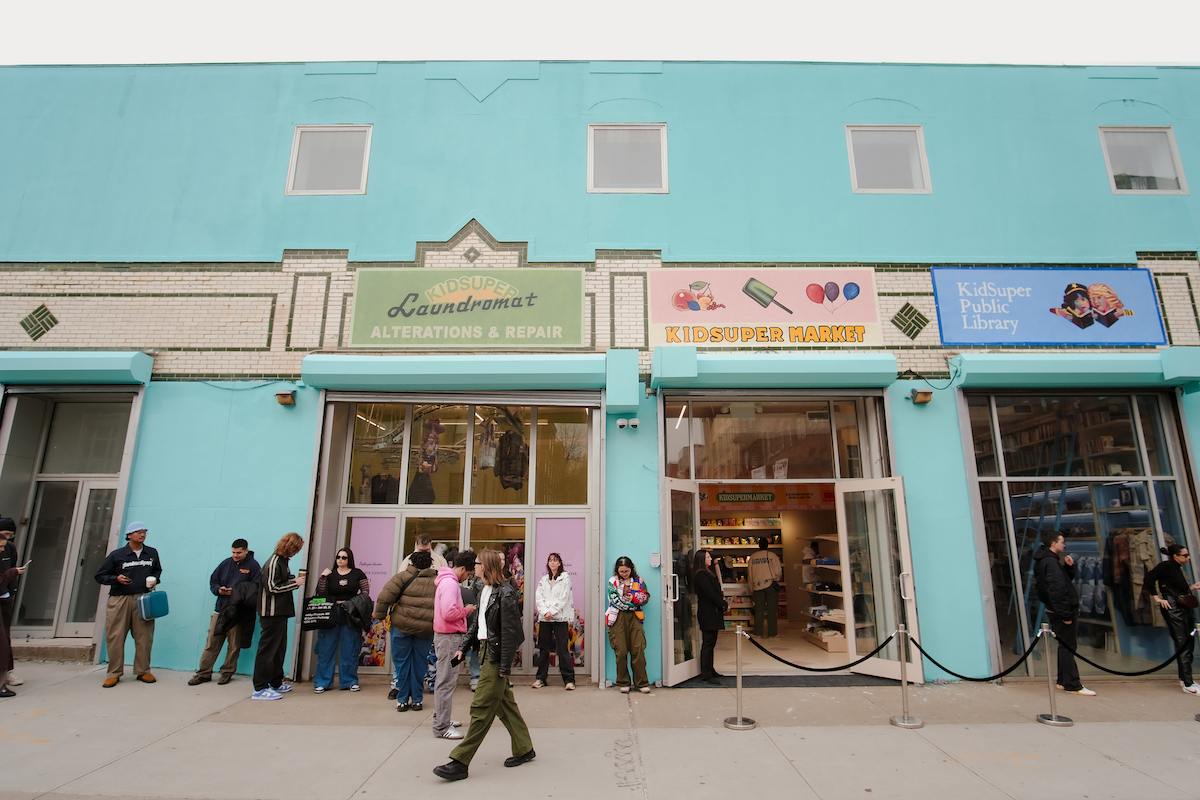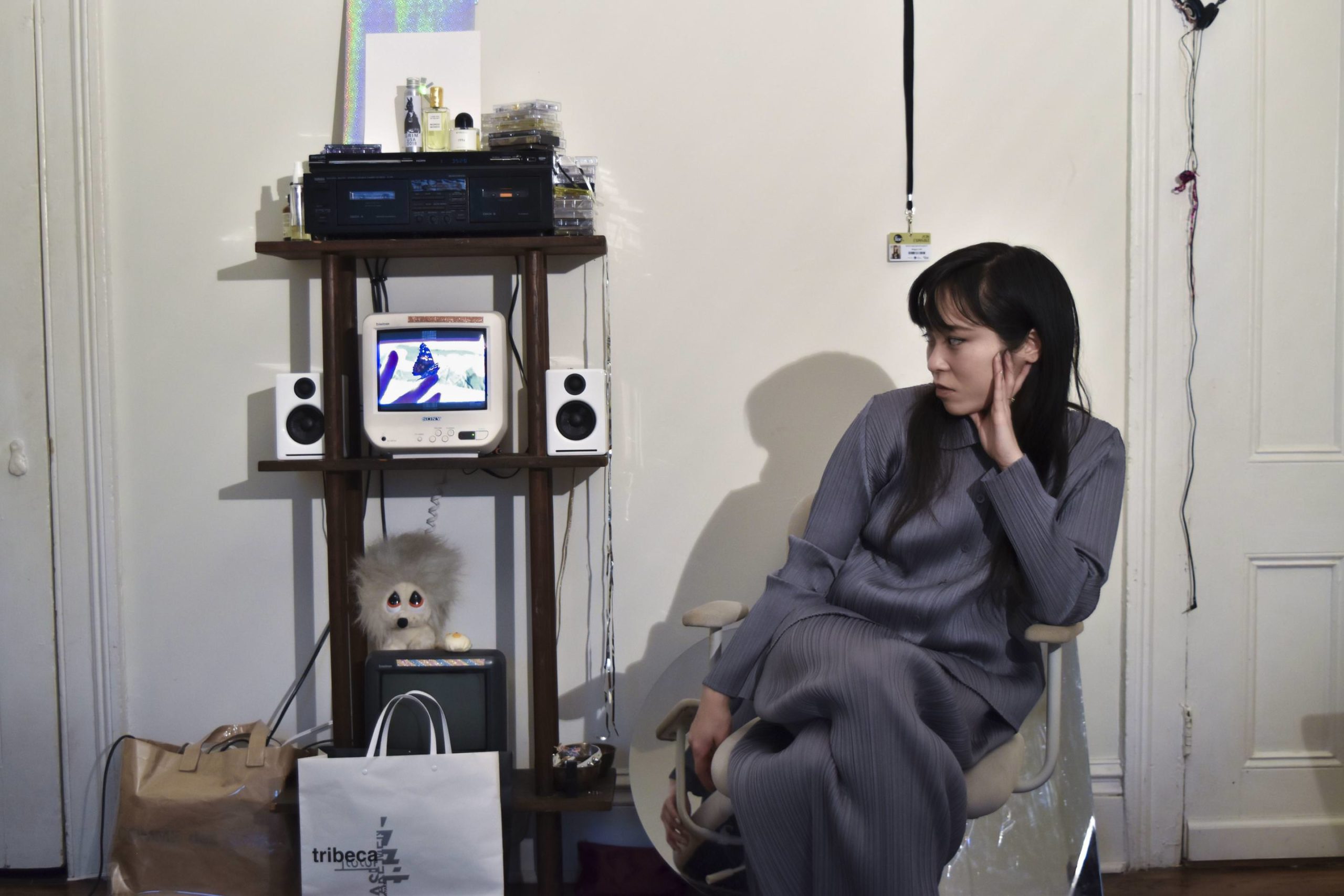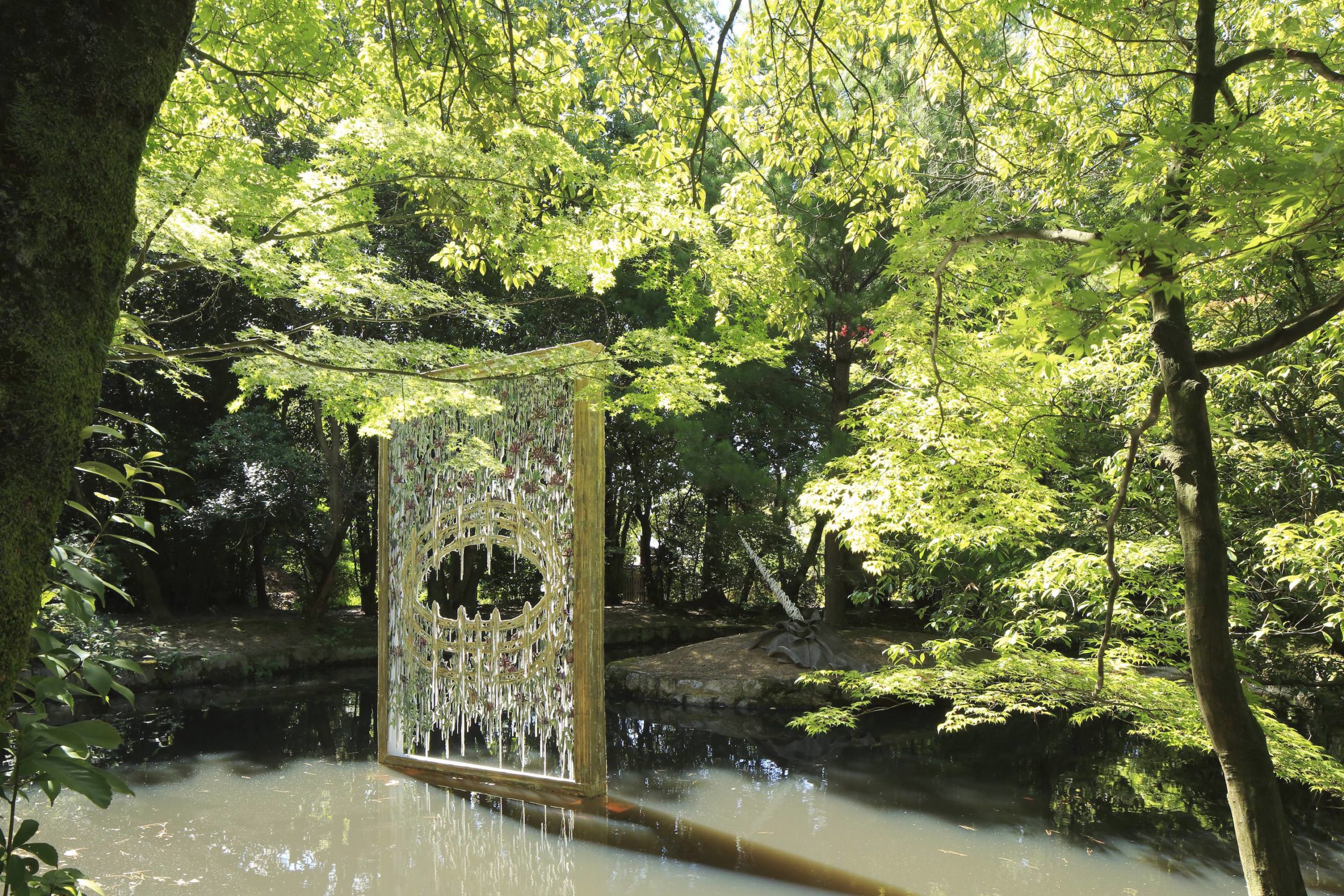The winter 2013 Luxury Issue of Whitewall featured a photographic collage by Robert Lakow taken at artist Erik Parker’s studio in Brooklyn, NY. The photo is part of an ongoing series that brings Whitewall readers from print to web. It’s also the start of a new series on Whitewallmag.com, “Creative Space,” where we showcase the studio, home, office, or wherever where leading creative figures do what they do.
We spoke with Parker over the phone earlier this week and asked him to tell us more about his studio, his painting process, and how art gives him the same excitement as skateboarding used to, minus the injuries.
WHITEWALL: What is a typical day at your studio like?
ERIK PARKER: Well, I get here at 8:30AM. Then I have until 11AM to be alone. Which is more and more seeming like the best time of the day [laughs]. That time is used to just kind of meander and work and indulge myself in looking at things that I’m working on. Lately I’ve been putting on a lot of Hawaiian music, I don’t know why. I go through and touch bits and pieces of some paintings or some drawings. And then at 11AM the people that work here come in and then the place fills up.
WW: What are they working on?
EP: It’s mainly painting. I don’t have anyone that does admin. The people that work here, they make areas solid. So, they apply more and more coats of paint to get it nice and solid, or opaque.
WW: In the photo collage Robert Lakow shot, we see you working on several paintings, a few only half-finished. Is that how you paint? Working on several at one time?
EP: I bounce around. I let the work be. Some things need to breathe. It’s like a system of problems, what does something need? Pictures get made relatively on their own, and sometimes there’s a struggle. So when there’s a struggle, it’s nice to have other things to work on. I generally back off of it, let it open up, give it some time, and see what could be done in the meantime on something else.
WW: How do you know when something is done? Is it just a feeling?
EP: It is. I guess there’s two parts; usually a deadline, or at least working towards a deadline, and that plays a role in the speed that should be set, or the time frame that you have. But it seems like there’s this time when you know you’re done. It’s not like “Voila!” for me. I’m more like “Oh, wow, I haven’t even touched that thing in two days, and what are the reasons for it?” It lets itself be finished, in a weird way. The idea of making it is always the more fun part.
WW: What about your paint choice – is that something that you choose in advance or something that comes out on canvas.
EP: I might have an idea, like, “I want to use a lot of grays and then pop it out in this section.” And then you find out one day into painting that that went out the window. Every time! I guess that is the exciting thing about making paintings, and that’s why people have done it for so long. No matter how long you do it, every single day (and I work seven days a week, I’m not big on vacation) and there’s always something new. And, the great thing about it is there are no injuries! [Laughs.]
WW: [Laughs] As compared to?
EP: I really wanted to be a professional skateboarder but at the age of 20 I was like, “That’s not going to happen for me, because I’m hurt all the time.” This is the same excitement, the same flair, the same style, but there’s no injuries! You almost don’t need health insurance. For the amount of excitement you get every single day, it’s a really good time to make art.











